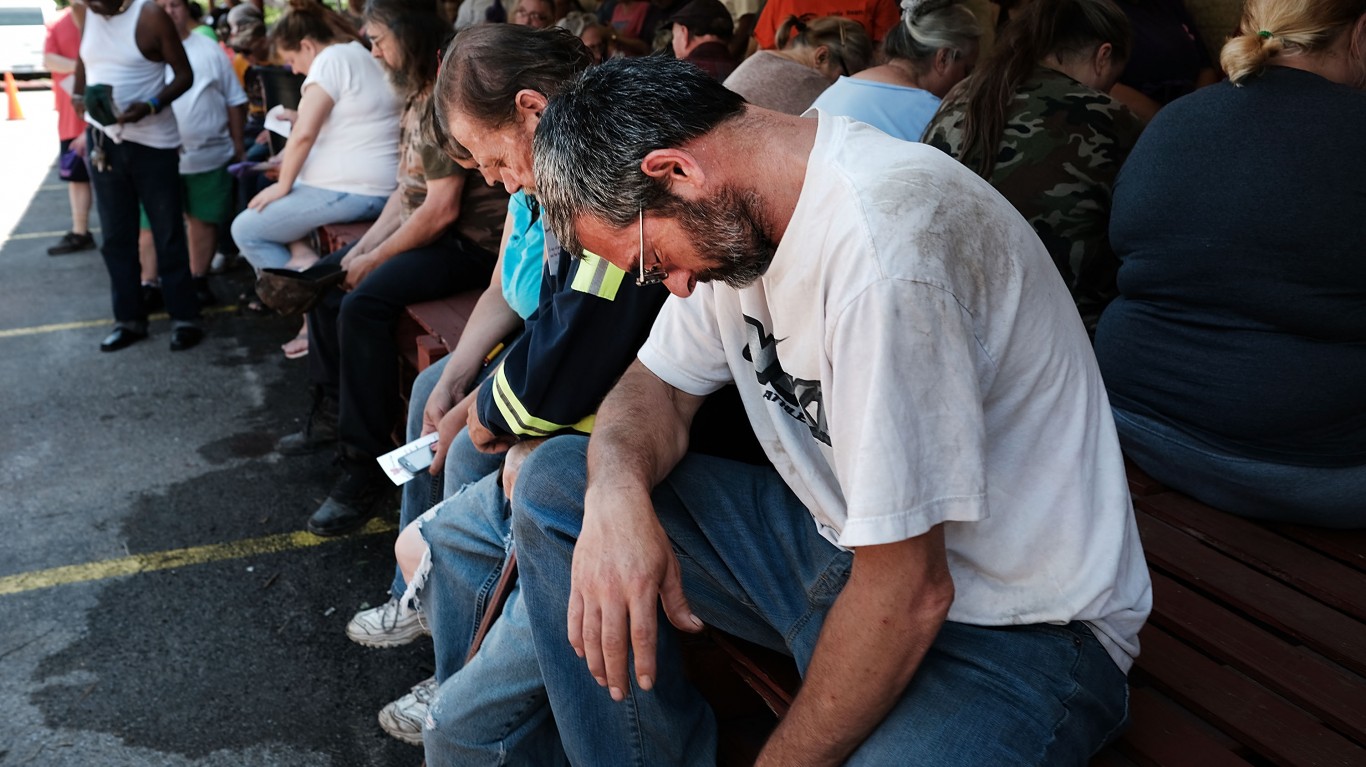
The Federal Reserve Bank of Kansas City released the February Manufacturing Survey on Thursday. This survey showed that the Fed’s Tenth District manufacturing activity declined further in February and that the drop was led by energy-related firms.
Thursday’s midday report showed that the month-over-month composite index was -12 in February, which was listed as the index reading’s worst level since 2009. It was also worse than the -9 readings in January and December.
Another point of concern was this drop was said to be from both durable and nondurable goods. The Kansas City Fed said that the drop in factory activity ranged from the likes of food and beverage to chemical, metals and plastics.
The composite index is an average of the production, new orders, employment, supplier delivery time and raw materials inventory indexes. The production index was unchanged, while the shipments and employment indexes decreased further. The new orders and order backlog indexes rose slightly but still remained negative. The raw materials inventory fell from -2 to -16, and the finished goods inventory index also dropped.
Is it possible that February’s reading is a trough and that things will stabilize or improve? This report said that most future factory indexes were stable or slightly higher than last month, shown as follows:
- The future composite index was basically unchanged at 4, and the future production, shipments, and new orders indexes increased modestly.
- The future employment index eased slightly but still remained positive.
- The future order backlog index decreased from -2 to -6, and capital expenditures indexes also fell moderately.
The Fed also has to still worry about prices, if this report was universally representative, which most economists would say is not the case. Price indexes were mixed in February, with most remaining negative, as follows:
- The month-over-month finished goods price index fell from -15 to -17.
- The raw materials price index increased slightly from -14 to -11.
While many economists and economic watchers might not care about the Kansas City Fed, the area covered here is rather large. It includes Nebraska, Kansas, Oklahoma, Wyoming, Colorado, western Missouri and northern New Mexico.
It’s Your Money, Your Future—Own It (sponsor)
Are you ahead, or behind on retirement? For families with more than $500,000 saved for retirement, finding a financial advisor who puts your interest first can be the difference, and today it’s easier than ever. SmartAsset’s free tool matches you with up to three fiduciary financial advisors who serve your area in minutes. Each advisor has been carefully vetted and must act in your best interests. Start your search now.
If you’ve saved and built a substantial nest egg for you and your family, don’t delay; get started right here and help your retirement dreams become a retirement reality.
Thank you for reading! Have some feedback for us?
Contact the 24/7 Wall St. editorial team.




